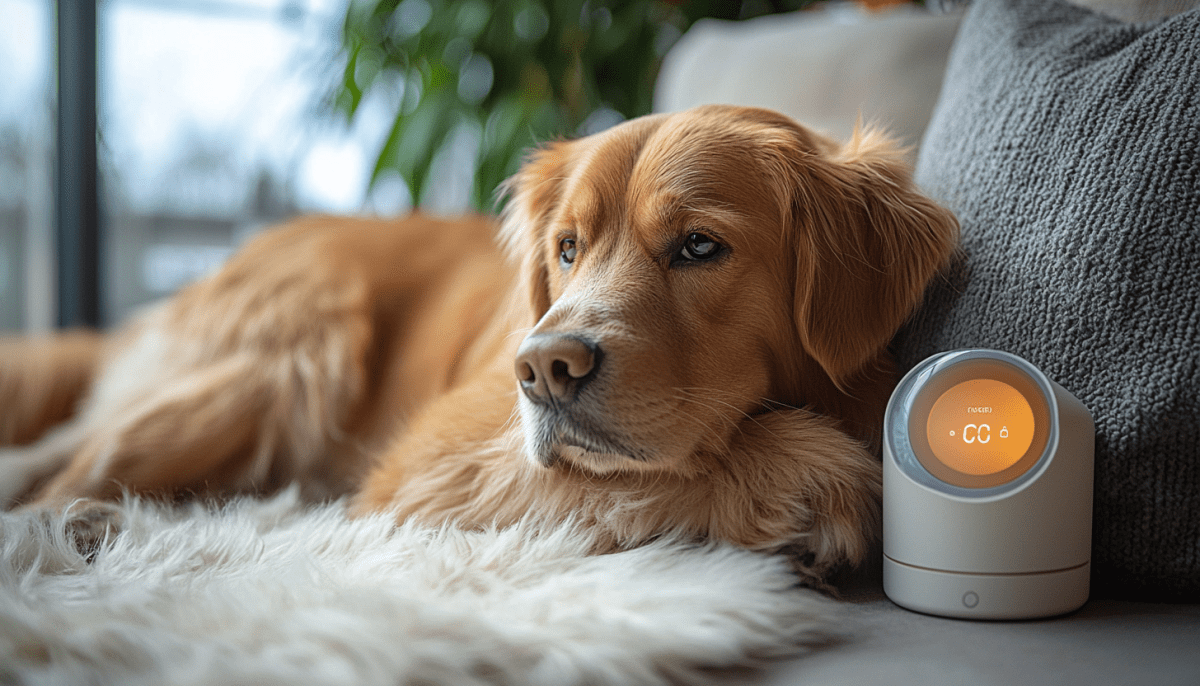Keeping an eye on your pet’s health is super important, and temperature monitors are a game changer. Just like we watch for fevers in ourselves, monitoring your furry friend’s temp can give you a heads-up about their well-being. When their temperature starts to rise, it might be time to get to the vet!
Using a temperature monitor isn’t complicated. Most of them are pretty straightforward and user-friendly. You just stick it in, turn it on, and wait a moment for the reading. Many models offer quick readings, which is awesome when your pet is feeling a bit off and you need to check fast. A few popular options even sync with your smartphone so you can keep everything tracked in one place.
There are a few different types of temperature monitors to choose from. You can get digital thermometers that you use rectally, or choose a non-invasive option, like infrared thermometers. The non-contact ones might be a bit pricier, but they can make your life easier with less stress for your pet. Pick one that fits your needs and comfort level.
Remember that normal body temp for pets can vary based on size and breed. For dogs and cats, it generally falls between 101 and 102.5 degrees Fahrenheit. If you notice your pet’s temp is outside this range, don’t hesitate to reach out to your vet. Quick action can make all the difference!
How Temperature Monitors Work
Temperature monitors for pets are pretty cool gadgets that help you keep an eye on your furry friend's health. They work by measuring your pet's body temperature, which can tell you a lot about their wellbeing. When your pet isn’t feeling well, a change in temperature can be one of the first signs that something's off.
Most temperature monitors use infrared technology to take quick and accurate readings. You just point the device at your pet's ear or forehead, and it gives you a reading in seconds. Some models even connect to your smartphone, so you can check your pet’s temp anytime, anywhere. Super handy, right?
Some monitors also come with extra features. For instance, they might track temperature trends over time, alert you if there’s a sudden change, and store data, making it easier to share information with your vet. This is especially useful if your pet has been unwell, allowing you to provide your vet with a clear picture of their health.
Using a temperature monitor means you can catch potential health issues early. Instead of waiting for visible signs of illness, you can act quickly. Regular monitoring can give you peace of mind and ensure your furry buddy stays happy and healthy!
Choosing the Right Monitor
Picking the right temperature monitor for your pet can feel a bit daunting, but it doesn't have to be. There are a few key things to keep in mind that will make the choice much easier. First off, think about how your pet reacts to new gadgets. If your dog or cat tends to get nervous with new things, look for monitors that are easy to use and quick to set up.
Next, consider the type of reading you want. Some monitors give you an instant reading, while others might take a bit longer. Instant-read monitors are great for pets that don’t like to sit still, but if your furry friend is calmer, a standard one might work just fine. Check the accuracy too—accuracy is everything when it comes to your pet's health!
You’ll also want to look at the display. A bright, easy-to-read screen helps you check the temperature without any squinting. Some models come with smartphone apps, letting you keep track of your pet's temperature right on your phone. That’s pretty handy, especially for tech-savvy pet owners.
Lastly, think about the size and portability. If you plan on traveling with your pet, a smaller, lightweight monitor can easily fit into your bag. Check the battery life too, so you won’t find yourself scrambling for replacements when you need it the most. With these tips in mind, you’re all set to find the perfect temperature monitor for your pet!
Tips for Regular Use
Using a temperature monitor is super helpful for keeping up with your pet's health. To make the most of it, you’ll want to make a habit of checking your pet’s temperature regularly. Aim for once a week or whenever you notice something is off. This way, you’ll catch any changes early on.
Be consistent about when you check. Whether it’s in the morning before you head out or in the evening after dinner, stick to a routine. Your pet will get used to it, and it’ll be easier for you to remember. Plus, it can become a bonding time, making your pet feel more comfortable during each check.
Make sure your thermometer is clean and ready to go before you start. Just a quick wipe down can help ensure accurate readings and keep your pet safe. If your pet is a bit squirmy, try having a buddy help hold them still or distract them with a treat. A little snack can go a long way in making them feel relaxed.
After taking your pet’s temperature, jot it down in a notebook or an app. Keep track of the numbers over time, so you’ll notice if there’s a pattern or a spike. This info can be super useful during vet visits. Don’t forget to compare it to your pet’s normal range, which can vary by species, age, and breed.
Finally, trust your instincts. If something feels off or the temperature is higher or lower than usual, don’t hesitate to reach out to a vet. Regular checks can help you spot issues early, so your furry friend stays happy and healthy!



